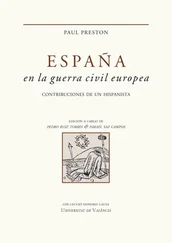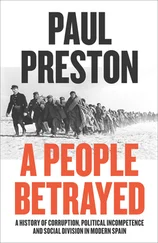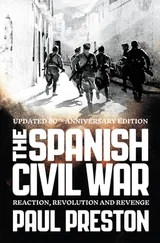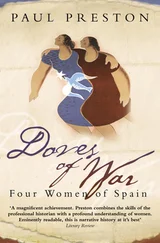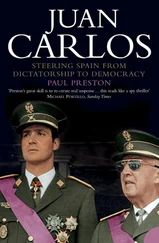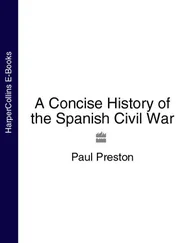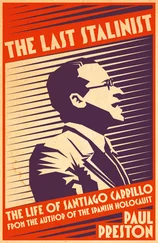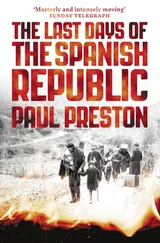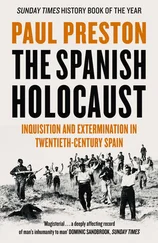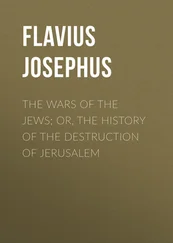THE DESTRUCTION OF GUERNICA
REVISED EDITION
Paul Preston
William Collins
An imprint of HarperCollins Publishers
1 London Bridge Street
London SE1 9GF
WilliamCollinsBooks.com
This ebook first published in Great Britain in 2012 by Harper Press
Revised edition published by William Collins in 2017
Copyright © Paul Preston, 2012, 2017
A catalogue record for this book is available from the British Library
All rights reserved under International Copyright Conventions. By payment of the required fees, you have been granted the non-exclusive, non-transferable right to access and read the text of this e-book on-screen. No part of this text may be reproduced, transmitted, downloaded, decompiled, reverse engineered, or stored in or introduced into any information storage and retrieval system, in any form or by any means, whether electronic or mechanical, now known or hereinafter invented, without the express written permission of HarperCollins e-books.
Ebook Edition © March 2017 ISBN: 9780007491391
Version: 2017-03-20
Contents
Cover
Title Page THE DESTRUCTION OF GUERNICA REVISED EDITION Paul Preston
Copyright Copyright William Collins An imprint of HarperCollins Publishers 1 London Bridge Street London SE1 9GF WilliamCollinsBooks.com This ebook first published in Great Britain in 2012 by Harper Press Revised edition published by William Collins in 2017 Copyright © Paul Preston, 2012, 2017 A catalogue record for this book is available from the British Library All rights reserved under International Copyright Conventions. By payment of the required fees, you have been granted the non-exclusive, non-transferable right to access and read the text of this e-book on-screen. No part of this text may be reproduced, transmitted, downloaded, decompiled, reverse engineered, or stored in or introduced into any information storage and retrieval system, in any form or by any means, whether electronic or mechanical, now known or hereinafter invented, without the express written permission of HarperCollins e-books. Ebook Edition © March 2017 ISBN: 9780007491391 Version: 2017-03-20
The Destruction of Guernica
Notes
Bibliography
About the Author
About the Publisher
The Destruction of Guernica
On 19 July 1936, shortly after his declaration of martial law in Pamplona, Emilio Mola called a meeting of the mayors of the province of Navarre. What he told them would characterise his subsequent treatment of the Basque Country. He said: ‘It is necessary to spread terror. We have to create the impression of mastery, eliminating without scruples or hesitation all those who do not think as we do. There can be no cowardice. If we vacillate one moment and fail to proceed with the greatest determination, we will not win. Anyone who helps or hides a communist or a supporter of the Popular Front will be shot.’ 1What this meant for the Basques was soon revealed by an early precursor of what was to happen to Durango and Guernica in the spring of 1937. On 22 July, two aircraft from Vitoria bombed the village square of Otxandio in the south of Vizcaya, killing more than sixty people of whom at least twenty-four were children and mutilating a further eighty. In justification, the rebel command in Vitoria announced that ‘our aircraft have struck a heavy blow against a group of rebels gathered in the rearguard at Otxandio’. 2Otxandio is the Basque name of the village called Ochandiano in Spanish.
Because of his early reverses in the sierra north of Madrid, Mola’s first major campaign against the Basque Country did not begin until after the arrival of German and Italian aid in early August which enabled him to launch an attack on the province of Guipúzcoa and Franco to begin the march on Madrid. Already on 23 July, Carlist troops from Navarra had entered the southern part of Guipúzcoa through Cegama and Segura. Although they encountered no resistance, in Cegama and Segura, they sacked the headquarters of Republican parties and the Batzoki (offices) of the Partido Nacionalista Vasco (Basque Nationalist Party). Now, in early August, Mola began a campaign to capture Irún and the provincial capital San Sebastian and cut off Guipúzcoa from the French border. Irún and Fuenterrabía were being shelled from the sea and attacked daily by German and Italian bombers. The British (born in South Africa) correspondent George Steer noted that the rebels had dropped pamphlets threatening to deal with the population as they had dealt with those in Badajoz. The use of pamphlets describing earlier atrocities as a threat of what would happen if surrender were not immediate would happen again eight months later when the experience of Guernica would be used as a threat against Bilbao. San Sebastián was also heavily shelled from the sea. Irún’s poorly armed and untrained militia defenders fought bravely but were overwhelmed on 3 September. Thousands of panic-stricken refugees fled across the international bridge to France. The last defenders, largely anarchists enraged by their lack of ammunition, shot some rightist prisoners in Fuenterrabía and set parts of Irún on fire. 3
Rebel troops and Carlists occupied San Sebastián on Sunday 13 September and by the end of the month, virtually all of Guipúzcoa was in Mola’s hands. 4A substantial number of the city’s 80,000 inhabitants had fled either westward towards Vizcaya or else by boat to France. Nevertheless, the number of executions in San Sebastián would be the highest carried out by the rebels in any Basque city. Mass detentions began immediately, beginning with the wounded Republicans who, given the seriousness of their condition, could not be evacuated from the Hospital Militar. Soon the prisons of Ondarreta and Zapatari, the offices of the Falange in the centre of the city, the San José hospice and the Kursaal cinema were all bursting to the seams with detainees. 5Among the hundreds of executions that took place in Guipúzcoa, the most notorious were those of thirteen Basque priests, which were carried out at the behest of the Carlists. In total, the rebels murdered at least sixteen priests in the entire Basque region and imprisoned and tortured many more. Father Alberto Onaindía, whose brother was one of the victims, said prophetically, ‘If this was how the army behaved with the Basque clergy, what would it be like for civilians!’ The testimony of Father Onaindía (a friend of the Lehendakari or President José María Aguirre) would be crucial in dismantling the lies later propagated by the rebels about the bombing of Guernica. 6
Even before the fall of San Sebastián, Mola had initiated secret negotiations with the Partido Nacionalista Vasco (PNV). Mola hoped for a peaceful surrender of Vizcaya in return for a promise not to destroy the provincial capital Bilbao and a guarantee of no subsequent repression. In the light of what had happened after the captures of Irún and San Sebastián, the PNV leadership had no reason to believe Mola’s promises. In the course of the negotiations, appeals were made to Mola not to bomb Bilbao on the grounds that to do so would provoke reprisals against the two and a half thousand imprisoned rightists in the city. 7On 25 and 26 September, major bombing raids on Bilbao caused dozens of deaths and mutilations of women and children which, as predicted, provoked an outburst of rage from the starving population. Two prison ships were assaulted and sixty rightist detainees murdered.
Rebel hostility to the Basque Country intensified after the concession of regional autonomy by Madrid on 1 October and the formation of a Basque government six days later. The newly elected President of the Basque government, José Antonio de Aguirre y Lecube, and his cabinet were sworn in at a ceremony before the Tree of Guernica, the symbol of Basque nationhood. In his speech Aguirre declared that ‘The tradition of our elders was once again reborn in us, and the sacred Tree that in Guernica grows, was no longer a relic, but became once again the living symbol of our history.’ 8
Читать дальше

